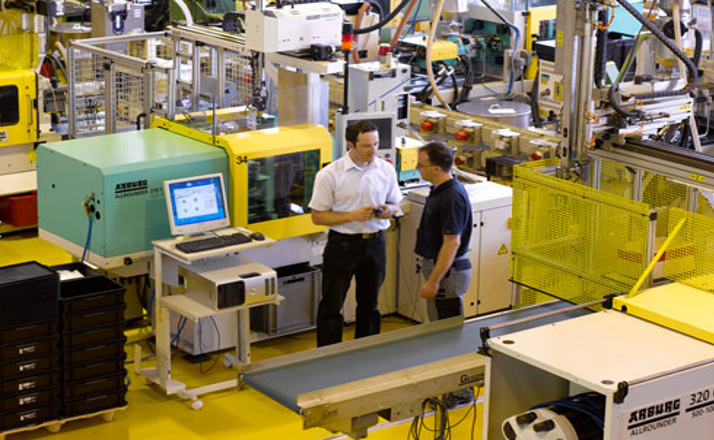The Case For a Diversified Board 10 Ways Your Board Can Problem Solve Faster [dsm_perspective_image src="https://moldingbusinessgroup.com/wp-content/uploads/2019/05/top-level-executives-.png" _builder_version="3.22.6"...

Porsche Shouldn’t Be Here…
…but they are.
At first glance, manufacturers like Porsche and Toyota don’t seem to have much in common. Yes, they both produce vehicles and popular ones at that, but Porsche is known for its high-end luxury and sports vehicles designed to appeal to the wealthy, while Toyota is marketed toward suburban families with their budget-friendly options and longevity.
While on the surface these two companies seem to be at opposite ends of the spectrum in the manufacturing industry, they have more in common than most people realize. In fact, Porsche likely has Toyota to indirectly thank for their turnaround from a company who was in dire financial straits to one who is consistently profitable. Twenty years ago, Porsche was operating in the red, with extreme levels of inefficiency in their manufacturing processes that were translating directly to lost profits. Today, they are consistently one of the most profitable vehicle manufacturers, boasting comfortable profit margins from year to year.
How did they go from zero to hero?

In their darkest, most desperate moments–those that made it appear that they may have to file for bankruptcy, with their competitors waiting to swoop in and purchase the company for a steal–Porsche called for help. This help came in the form of experienced engineers who implemented the lean manufacturing process at Porsche facilities. With these experienced individuals came a drastic reduction in inefficiencies and waste.
Before lean manufacturing was implemented, it took approximately 120 hours to assemble the average Porsche. Once the system was overhauled and implemented, that production time was reduced to 72 hours. That’s a 40 percent reduction! These changes also yielded another surprising result: errors were down by approximately 50 percent. Not only were they producing vehicles more quickly, but they were also producing them with fewer issues that had to be resolved during the assembly process. These efficiency increases translated directly to improved profits.

The Adoption of Just in Time Manufacturing Changed the Future of Porsche
Porsche went from a company who was hemorrhaging money in the
Lean manufacturing works. It’s that simple. While many companies have systems in place that are geared toward creating efficiencies and reducing wasted time, materials and poor production results, the most successful of those companies can tie their wins back to the implementation of the Lean process. The most successful programs focus on creating the most efficient process in terms of time and reducing wasted resources. Those resources include labor, time and materials. Successful implementations of lean processes are also always looking for ways to grow and improve their systems. This is where the leaders in the manufacturing industry can provide the most value. They recognize the value of lean practices, and they continue to review them and make the necessary changes that lead to constant improvement. These leaders value the process as well as the innovation it takes to apply these processes to new systems and products.
Porsche and Toyota have both shown themselves to be leaders in this manner. Other companies would be wise to follow their example and fortunate to reap the rewards that will inevitably result.
JOIN OVER 8,000 SUBSCRIBERS
GET FREE UPDATES
The Case for a Diversified Board
The Modern Day CEO
The Modern Day CEO What Does it Take to Thrive as a CEO? The C-Suite is a...
5 Ways to Attract & KEEP Talent
A CEO’s responsibilities are cumbersome in any industry, but especially in the volatile environment of plastics. Consistently talent acquisition and retention make the top 3 concerns of Plastic Executives and company Shareholders. CEO’s are aware of the tight market...





